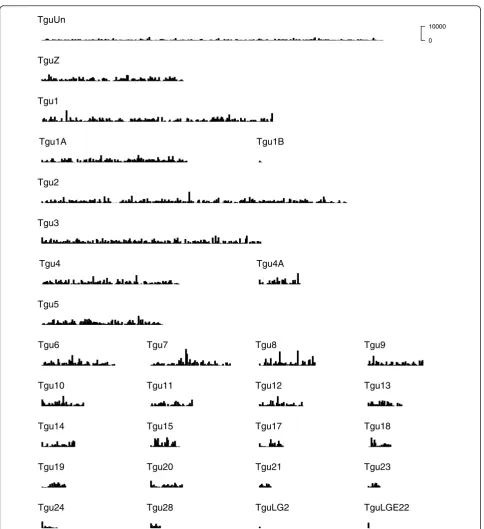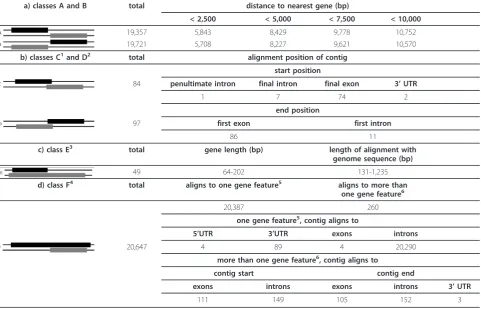Characterisation of the transcriptome of a wild great tit Parus major population by next generation sequencing
Full text
Figure




Related documents
Intuition asserts that when commission fees are high enough, the underwriter allocates shares in such a way that he can rather make profits through the commission by setting the
* a) Give prominent notice with each copy of the Combined Work that the Library is used in it and that the Library and its use are covered by this License. * b) Accompany the
En conclusión, y haciendo balance de lo dicho, podemos afirmar que, a pesar del desacuerdo y de las críticas al intelec- tualismo aristotélico, la ética de Ortega
The biomarkers associated with risk of future type 2 diabetes risk spanned multiple metabolic pathways of polar metabolites, fatty acids and detailed lipoprotein lipid measures,
I strongly believe that feedback is negotiated and/or co-constructed by both tutors and tutees at tutorial sessions at the writing center.. Therefore, I investigate both tutors’
Other states ended law report publication during this same period, but less conspicuously, as they allowed a commercial publisher (usually but not always West) to assume full
LAP TIME: The amount of time elapsed from the last pression of C button LAST LAP: Mark the total amount of time elapsed from the start of the chrono All the “LAST LAP” times
However, obtaining bacterial genomic information is not always trivial: the target bacteria may be difficult-to-culture or uncultured, and may be found within samples containing



